Maui's aloha spirit shines as traveller's return
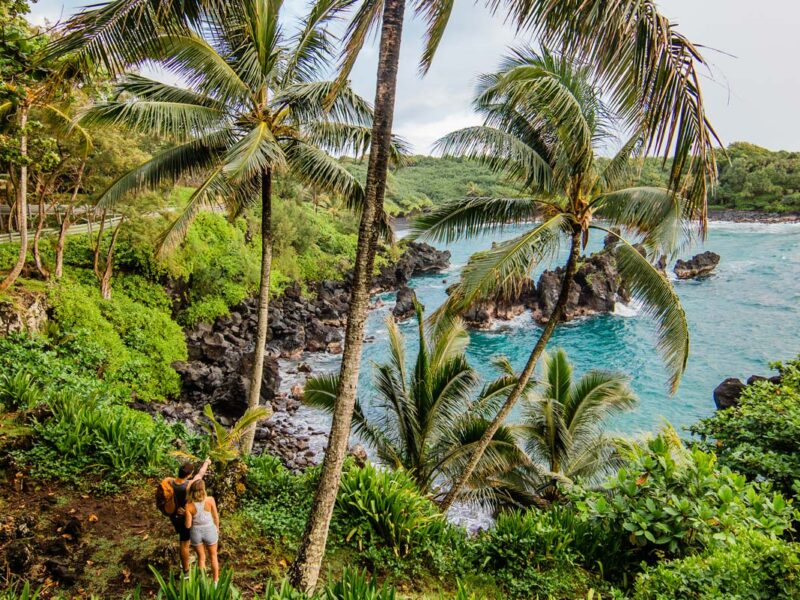
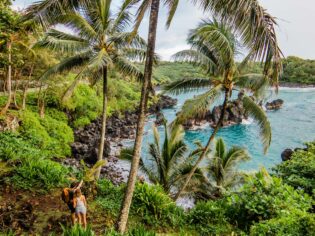
Residents are inviting mindful travellers to return and bring their aloha. (Image: Hawai'i Tourism Authority/Tommy Lundberg)
The Hawaiian island of Maui is rich in natural beauty and a strong community spirit, which came into sharp focus following last year’s wildfires. Now, residents are inviting mindful travellers to return and bring their aloha.
Tourists from around the world have been visiting the Hawaiian islands to soak up its surf culture, bask in its warm weather and enjoy cocktails in hotels fit for royals since the 1920s. Those same things drew me to O‘ahu at age 19 as a backpacker and lured me to Maui 20 years later with my family. But there’s a lot more to Hawai‘i than beach-bumming and water play.
Hawai‘i has heart and a strong community, both of which became more apparent when fatal wildfires tore through one of Maui’s main tourist towns, Lahaina, in August 2023. Brave residents helped each other and tourists to safety, offered refuge and continue to look after those who’ve lost homes, cars, income, and not least family and friends. This kindness is part of their very being, it’s their aloha.
The aloha spirit
Before the fires, the tight-knit community of Lahaina, the former capital of the Hawaiian Kingdom, was a magnet for anyone wanting to experience the plantation era of Maui, as well as the bustling burger joints, lively bars, famous Dole Whip (pineapple ice-cream) and souvenir shopping.
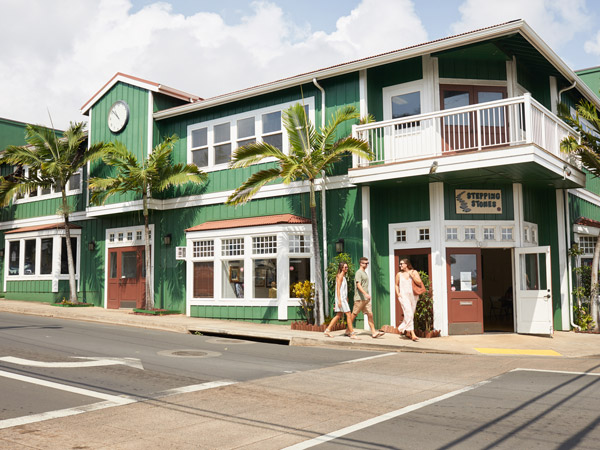
Wailuku is a charming Maui town. (Image: Hawai’i Tourism Authority/Daeja Fallas)
The waterfront town in West Maui was brimming with art galleries and surf shops; it had a marina and a primary school, a giant banyan tree under which locals and tourists gathered and was surrounded by low-rise homes.
Returning only a few months after the fires, thought to have started from a downed power line during a ferocious storm, two things stand out: everyone on Maui has been affected by the Lahaina tragedy in some way, and the island’s aloha spirit is its biggest asset.
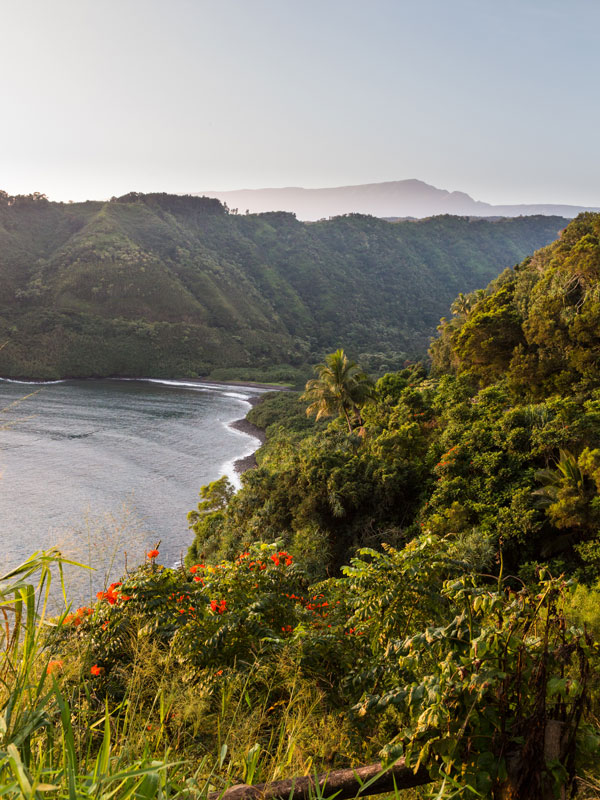
Haleakalā National Park is named after a dormant volcano. (Image: Hawai’i Tourism Authority/Tor Johnson)
Sailing Maui
Aloha is more than a friendly greeting; it’s about compassion, a willingness to care for people, to extend a smile and to simply be happy to be in Hawai‘i, says Riley Coon, the third-generation co-owner of luxury sailing company Trilogy Excursions, which used to operate out of Lahaina Harbor. Riley and his crew assisted the US Coast Guard during the Lahaina fire rescue efforts. Yet, they continue to welcome visitors with open arms.
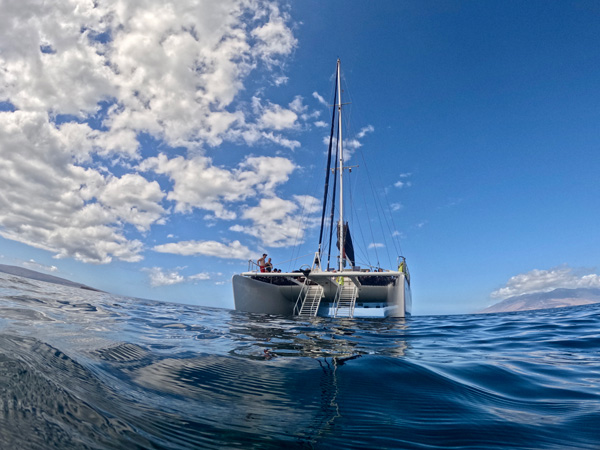
Set sail with Trilogy Excursions on a Molokoni Crater Snorkel Tour. (Image: Jennifer Ennion)
I meet Riley at Ma‘alaea Harbor, where we depart at 7am for Molokini Crater, one of two snorkel stops on our day tour. The morning is pleasantly warm, and I enjoy a mouth-watering cinnamon scroll for breakfast as a humpback whale breaches not far from the boat.
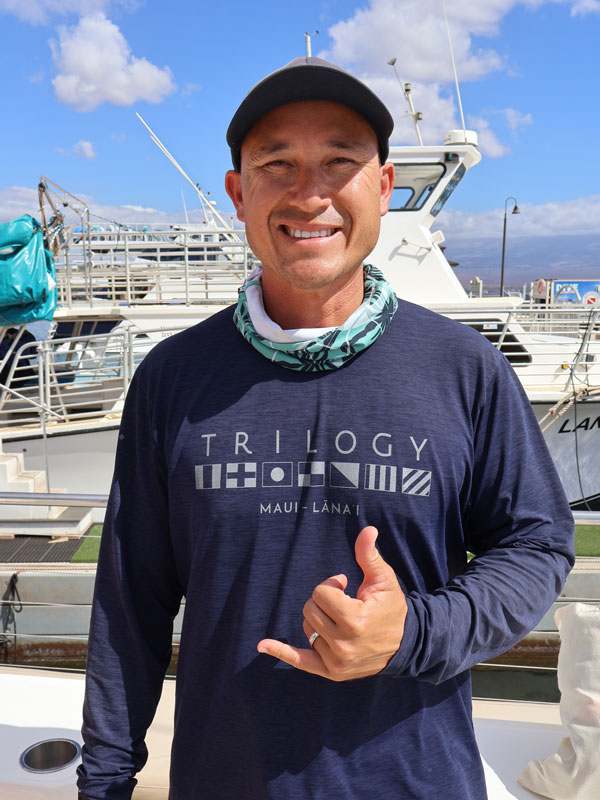
Meet Trilogy Excursion’s co-owner Riley Coon. (Image: Jennifer Ennion)
I snorkel along the inside wall at the crescent-shaped crater, watching black triggerfish and inspecting urchins that collect tiny shells and other seafloor matter.

The Hawaiian islands are brimming with marine life. (Image: Hawai’i Tourism Authority/Heather Goodman)
At the second stop, I snorkel over a lava tube and bob about watching a juvenile turtle and monk seal. The water is calm and soothing, and I lose track of time. When I eventually pull myself out of the sea, people are laughing, eating and having a good time.

See everything from humpback whales to triggerfish while snorkelling. (Image: Hawai’i Tourism Authority/Heather Goodman)
From departure to our return, the mood on deck is anything but sombre. The crew is jovial, kind and talkative. They’re happy to be back out on the water and want to show guests a good time, and that they do.
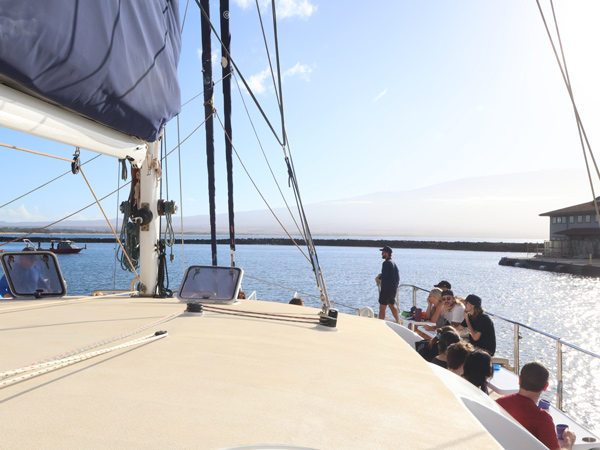
The mood on deck is anything but sombre. (Image: Jennifer Ennion)
From a tourism point of view, now is a good time to visit, with bookings for Trilogy Excursions at least 50 per cent down – although, hopefully, that changes soon.
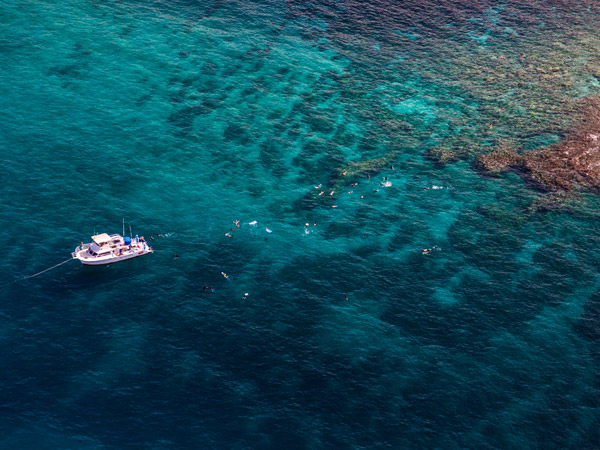
Bring your own aloha to Maui. (Image: Hawai’i Tourism Authority/Tor Johnson)
“I’ve been really motivated and pumped up by a lot of the visitors I see on the boat ’cause they just care; they feel for us,” says Riley.
“We need visitors who are bringing their own aloha here and so many of them are. And just bring your time, your talent, your treasure,” he adds.
“Come out here, be generous with the activities you’re doing, tip your hostesses at the bar and recognise that those are some of the best ways you can support Maui residents.”
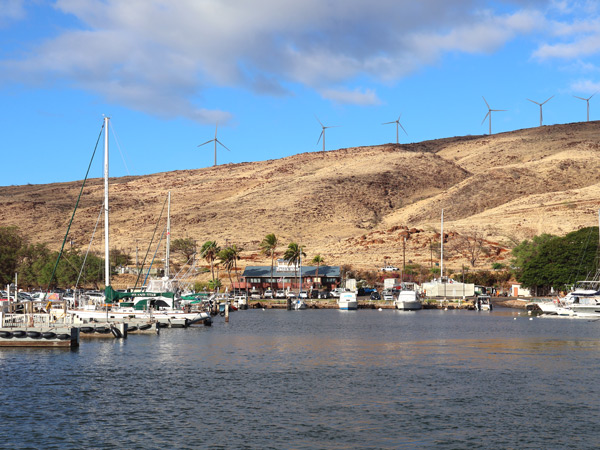
Set sail from Ma‘alaea Harbor. (Image: Jennifer Ennion)
Mama’s Fish House
On the other side of Maui, Mama’s Fish House is full of chatter and charm. Waitresses flitter from table to table in bright floral dresses, with flowers in their hair and smiles on their faces. They, too, are happy to be back at work after facing an uncertain future.
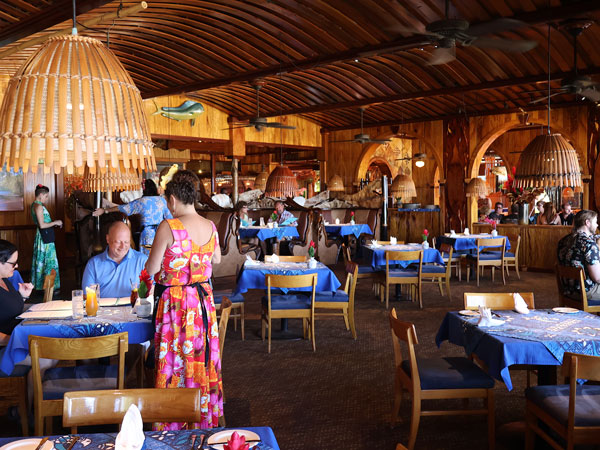
Mama’s Fish House is full of chatter and charm. (Image: Jennifer Ennion)
Lacey Siopes, who’s been a server on and off at Mama’s Fish House since the 1990s, says “it was crickets” at the restaurant following the fires.
“I filed for unemployment, again, after a pandemic,” she says, visibly choked by emotion. “We are a tourist economy, we always have been.”
A few months later, the tourism industry is picking up and Lacey says locals are feeling more positive.
“It was devastating for the community but the show goes on, and if it doesn’t, it can have too much of a ripple effect.”
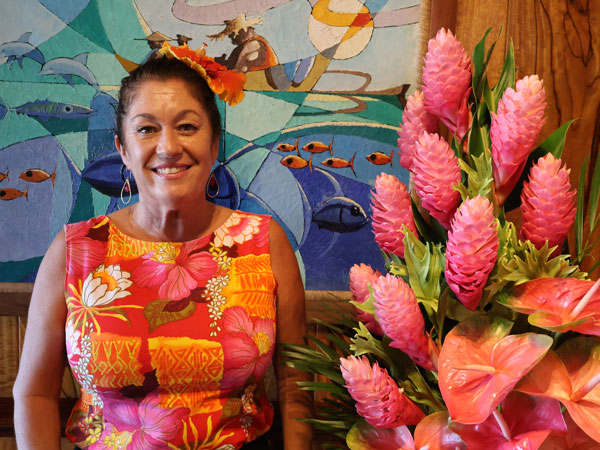
Lacey Siopes has been a server on and off at Mama’s Fish House since the 1990s. (Image: Jennifer Ennion)
Although Lacey grew up in Oregon, she’s been celebrating birthdays in Lahaina since she was a child. The suburb clearly meant a lot to her. Her message now for Australians? “Come and experience the aloha.”
Lacey is doing her part to spread aloha to diners at Mama’s Fish House; her face beams with joy and enthusiasm as she chats to people from around the world.
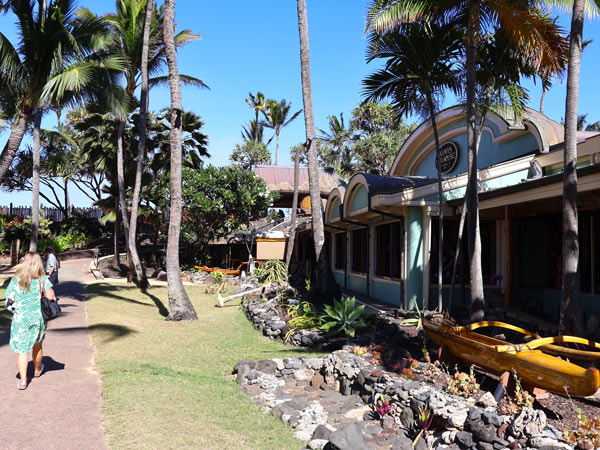
It can take months to get a reservation at Mama’s. (Image: Jennifer Ennion)
Family owned since 1973, Mama’s is an iconic restaurant and it can take months to get a reservation thanks to its friendly hospitality, extensive menu and movie-like location, where diners peer through palms to a cove visited by sea turtles, with a wind-whipped ocean beyond. It’s nothing short of divine, and I don’t want to leave.
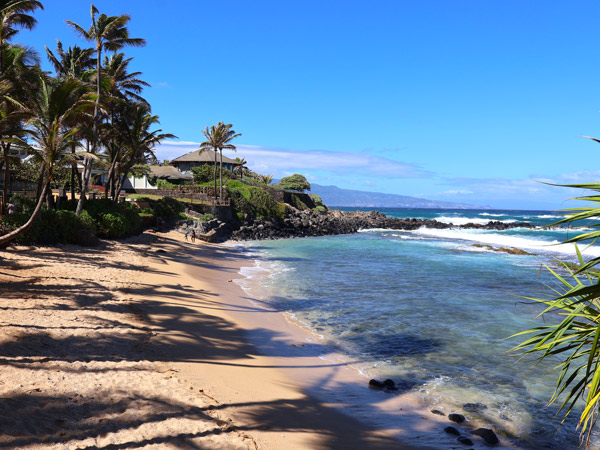
Peer through palms to Mama’s Fish House beach, a cove visited by sea turtles. (Image: Jennifer Ennion)
The road to recovery
But there is still so much more to see of Maui, so after a faultless and indulgent lunch of lobster, a gin and blue spirulina cocktail, and a Polynesian Black Pearl dessert (chocolate mousse in a seashell cookie), I say goodbye to Lacey and head into Pā‘ia, where a T-intersection is lined with cool cafes, surf shops, art galleries and fine clothing boutiques.
Although the streets are much quieter than when I visited 12 months prior, there is still a great yogic surfer vibe and, again, I find myself lingering.
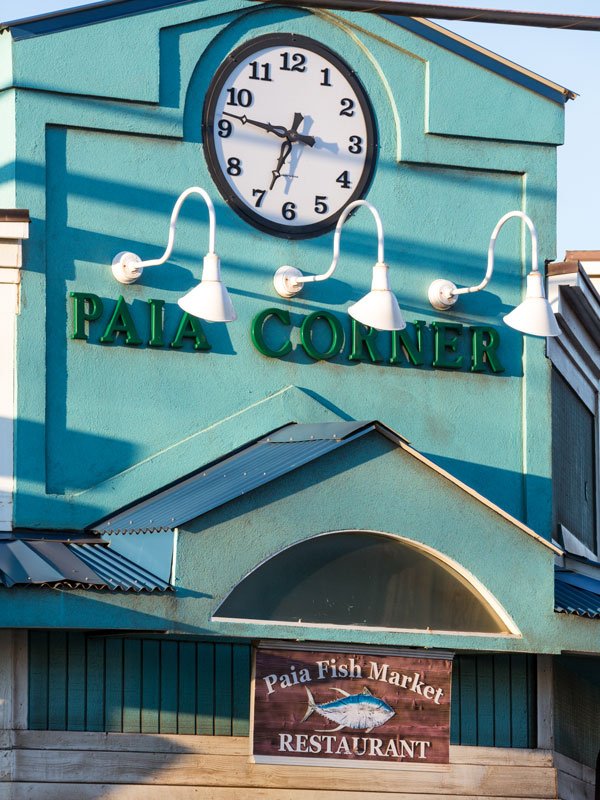
Laid-back Pā‘ia is a place to linger. (Image: Hawai’i Tourism Authority/Tor Johnson)
The feeling is repeated when I visit Makawao in rural Upcountry Maui. Here, I wander in and out of timber-fronted coffee shops, homewares stores, bakeries and authentic surf wear boutiques chatting at length to sales assistants and baristas.

Indulge in a stick donut, a local Maui delicacy.
The short-term positive of this slow tourism season is that locals have time to talk with tourists, and tourists can stroll the streets without the bustle of countless others. But these small businesses won’t survive unless more of us put Maui back on our Hawai‘i itineraries, and that’s the main message I hear from islanders.

Stop by the heritage storefronts in Upcountry Maui. (Image: Hawai’i Tourism Authority/Tor Johnson)
Collin Crume, from Maui Town Car, says it will be a long road to recovery. One way the luxury car service is helping is by giving locals who’ve lost their cars free lifts to medical appointments, the grocery store, or elsewhere. It’s the company’s way of extending aloha.
Collin, who lives in nearby Haiku, says Lahaina was a big draw for holidaymakers to Maui. “But the rest of the island is wide open [and] we need people to come out,” he says. “A lot of people don’t realise how heavily we lean on tourism.”
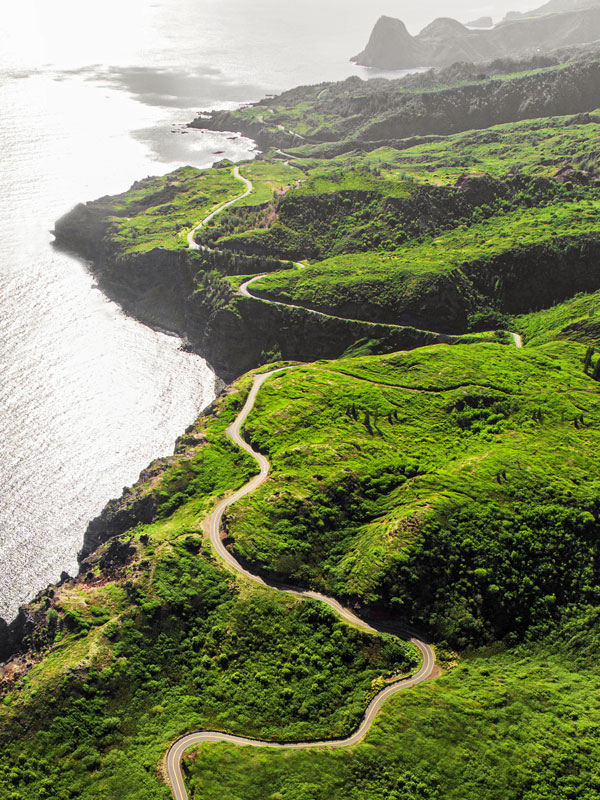
More people need to put Maui back on their Hawai‘i itineraries.
According to Riley Coon, 48 per cent of the island’s population works in hospitality, so tourists can support locals directly every day by tipping generously, eating locally and shopping at Maui-owned businesses.

Eat local to support local. (Image: Hawai’i Tourism Authority/Dana Edmunds)
Across the island, residential fences wear banners with ‘Maui Strong’ slogans, while elsewhere on Maui, and on O‘ahu, businesses are running ‘Support Maui’ cocktail and meal promotions, the profits of which are donated to Lahaina relief funds.
Everyone I speak to about Maui’s recovery emphasises the need for respectful visitors. Although most of West Maui is now open, no one wants tourists poking around the ashes of Lahaina or asking inappropriate questions (although be open to Lahaina discussions, if locals are inclined to talk).
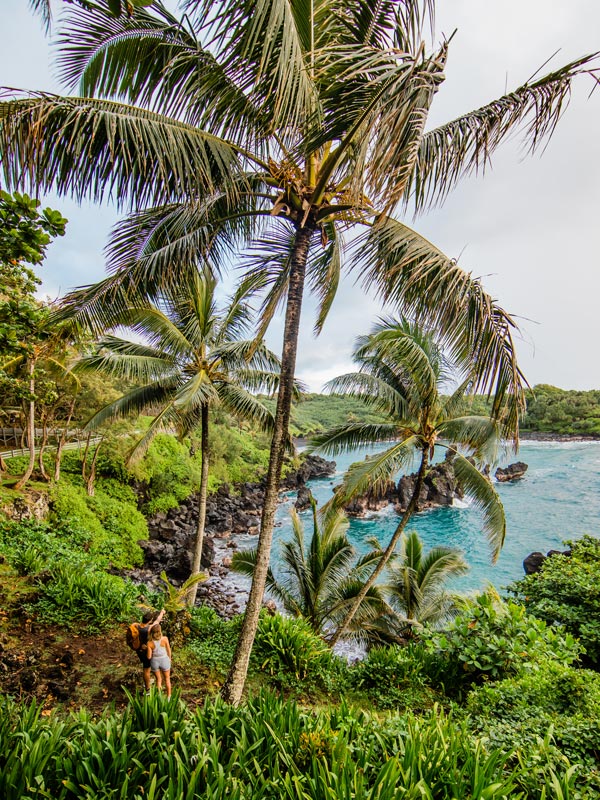
Travel respectfully. (Image: Hawai’i Tourism Authority/Tommy Lundberg)
Now, more than ever, is the time for mindful travellers seeking meaningful holidays that will make a huge difference to the communities they visit. And that’s the way travel everywhere should continue to be. Bring your aloha and you’ll be showered with aloha in return.

Bring your aloha and you’ll be showered with aloha in return. (Image: Hawai’i Tourism Authority/Heather Goodman)
A traveller’s checklist
Maui is one of six major islands in the state of Hawai‘i.
Getting around
Fly to Kahului Airport, Maui, with Hawaiian Airlines via Honolulu International Airport. Once there, get a lift to your hotel with Maui Town Car, which offers luxury airport transfers and private charters.
Staying there
The Fairmont Kea Lani is a five-star ocean-front property in South Maui with impressive one-bedroom suites and two- and three-bedroom villas.
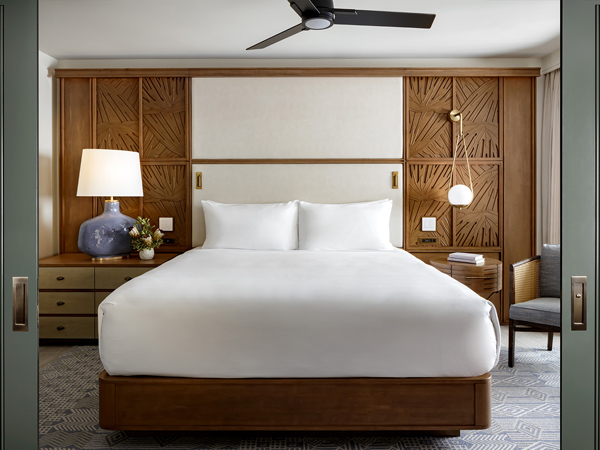
Bed down at Kilohana suite inside Fairmont Kea Lani. (Image: Brandon Barré Photography)
You will also find multiple pools, one with a waterslide, beautiful gardens, a day spa, gym, coffee shop and clothing boutique.

Take a dip at Fairmont Kea Lani. (Image: Brandon Barré Photography)
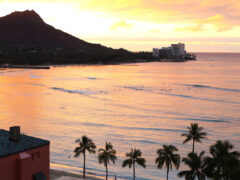
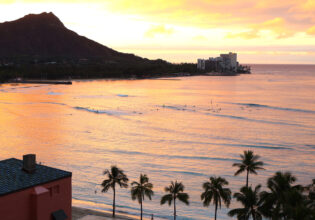
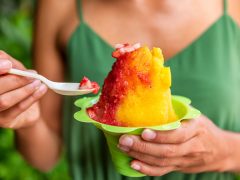
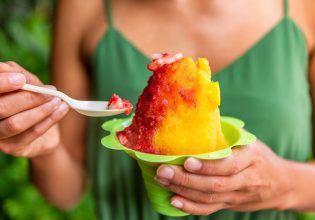
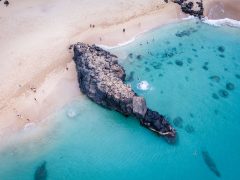
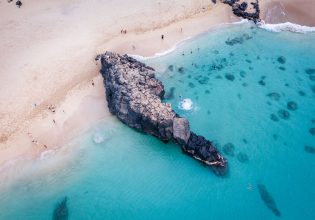
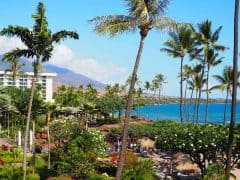
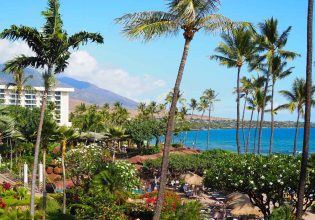

LEAVE YOUR COMMENT